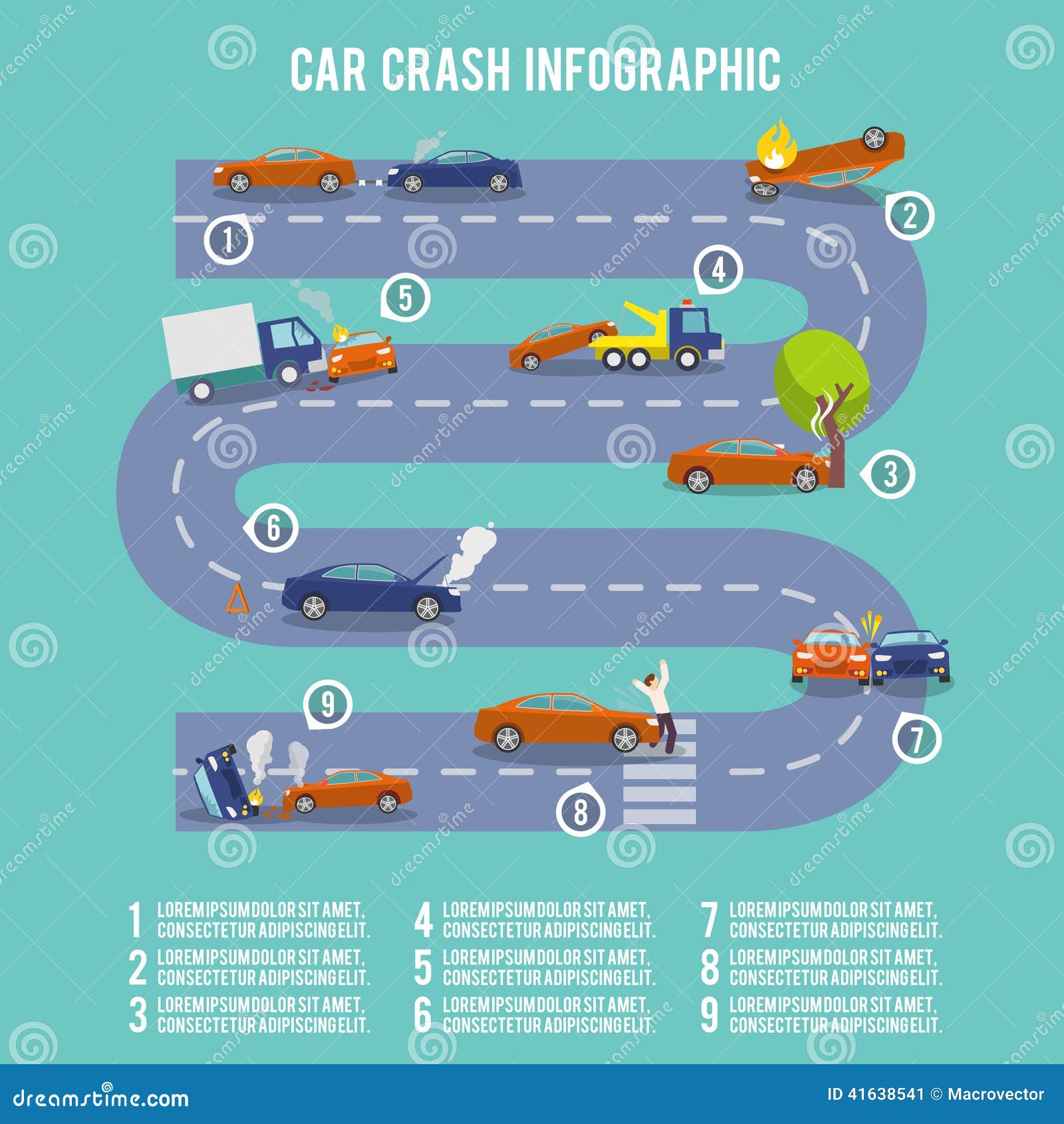Comprehending The Definition Behind Your Lorry'S Warning Lights: A Thorough Appearance
Comprehending The Definition Behind Your Lorry'S Warning Lights: A Thorough Appearance
Blog Article
Author-Vinson Gilbert
When you lag the wheel, those beautiful caution lights on your control panel can be a bit puzzling. Do you know what they're attempting to inform you concerning your vehicle's wellness? Understanding the significance of these lights is important for your safety and the durability of your vehicle. So, the next time among those lights appears, wouldn't you intend to analyze its message accurately and take the required actions to address it?
Common Warning Lights and Interpretations
Recognize usual warning lights in your car and recognize their definitions to make sure secure driving.
The most normal warning lights include the check engine light, which indicates issues with the engine or discharges system. If this light begins, it's important to have your lorry inspected promptly.
The oil pressure alerting light shows reduced oil pressure, needing immediate focus to avoid engine damages.
A flashing battery light may suggest a damaged charging system, possibly leaving you stranded otherwise resolved.
The tire stress tracking system (TPMS) light notifies you to low tire stress, affecting vehicle security and fuel effectiveness. Overlooking this might cause unsafe driving conditions.
The abdominal muscle light suggests a problem with the anti-lock braking system, compromising your capability to stop rapidly in emergencies.
Lastly, the coolant temperature advising light warns of engine overheating, which can lead to severe damages if not resolved promptly.
Understanding these typical caution lights will help you attend to problems without delay and preserve secure driving conditions.
Value of Prompt Attention
Comprehending the typical warning lights in your auto is just the initial step; the importance of promptly attending to these warnings can't be highlighted sufficient to ensure your safety and security when driving.
When a caution light brightens on your dashboard, it's your auto's method of interacting a possible issue that needs focus. Disregarding these warnings can lead to more severe issues later on, jeopardizing your safety and potentially costing you much more out of commission.
Motivate focus to cautioning lights can stop malfunctions and mishaps. For example, a blinking check engine light can suggest a misfire that, if left neglected, can create damage to the catalytic converter. Addressing https://oil-change-service-near-m73950.eedblog.com/30342816/discover-the-details-of-professional-vehicle-detailing-enhanced-by-the-exclusive-understandings-of-a-knowledgeable-specialist can save you from an expensive fixing.
Similarly, a brake system advising light might signal low brake fluid or used brake pads, vital components for your security when driving.
DIY Troubleshooting Tips
If you notice a warning light on your control panel, there are a few do it yourself fixing ideas you can try before looking for specialist assistance.
The very first step is to consult your car's guidebook to recognize what the particular warning light suggests. In some cases the concern can be as simple as a loosened gas cap causing the check engine light. Tightening up the gas cap may solve the issue.
paint correction auckland is a low battery, which can set off different advising lights. Checking the battery connections for deterioration and ensuring they're safe may deal with the trouble.
If a caution light persists, you can attempt resetting it by separating the automobile's battery for a few minutes and after that reconnecting it. Furthermore, inspecting your automobile's liquid degrees, such as oil, coolant, and brake fluid, can assist troubleshoot advising lights related to these systems.
Conclusion
To conclude, understanding your vehicle's warning lights is vital for maintaining your lorry running efficiently and securely. By without delay addressing these signals and recognizing what they mean, you can prevent expensive fixings and possible failures.
Keep in mind to consult your vehicle's manual for certain information on each alerting light and do something about it as necessary to ensure a trouble-free driving experience.
Stay educated, remain risk-free on the road!
